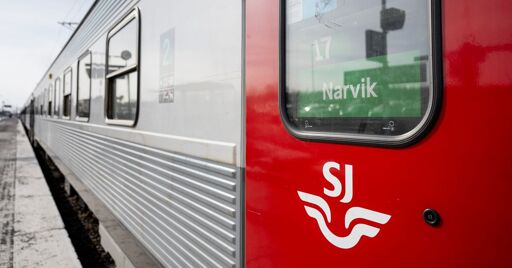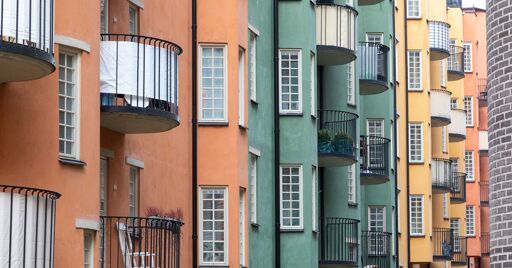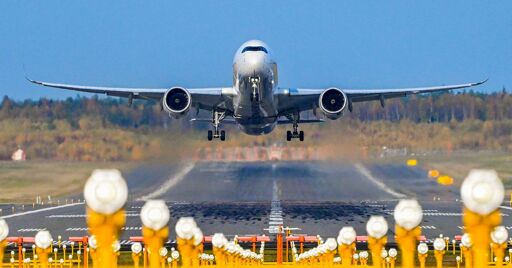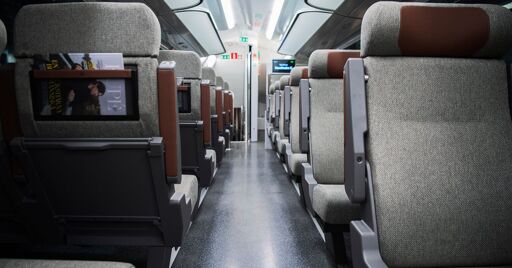Bike commuting kind of rules though.
- 214 Posts
- 2.49K Comments
I assume it must be a very misguided A/B-test, one which I imagine won’t actually roll out in the end.

 14·1 day ago
14·1 day agoDesign speed is the most important tool when it comes to managing speeds, but speed cameras are a useful tool in the toolbox to address specific problematic spots, in the very least until a design speed-based solution can be deployed, which may for economic reasons be when the road warrants resurfacing.
In Sweden, cameras are used to specifically reduce speed in crash-prone spots, such as in intersections where drivers merge onto a higher speed road. Drivers get advance notice in the form of a sign that a speed camera will be upcoming on the road in several hundred meters, and speed limit compliance naturally follows at the point of the camera. They are effective at reducing crashes when deployed in this manner.

 74·1 day ago
74·1 day agoI don’t think people operating heavy machinery should be afforded privacy at the expense of the safety of others, to be honest. Privacy can be afforded to people engaging in behaviours that are not risking the lives of others.
Sannolikt är det så att vi betalar det indirekt via månadsavgiften, ja.
Min förra förening visade det som en separat post i månadsavgiften, likt kostnader som till exempel el. Det var dock också väldigt billigt där, 250/250 för 125 kr/månad.

 17·4 days ago
17·4 days agoGigachad honestly

 3·4 days ago
3·4 days agoMusicians were getting screwed by labels long before streaming became a thing, and labels are still mostly where the money disappears to

 2·4 days ago
2·4 days agoLidl is better for being in Sweden, and Aldi is better at not being in Sweden

 12·4 days ago
12·4 days agoNo one believes your threats any more, Taco Don

 11·4 days ago
11·4 days agoThis is basically the most pathetic thing he could have done with this tech and it’s hilarious that he actually did it
Critical support for AI if they actually manage to replace British people

 2·6 days ago
2·6 days agoTaco Don strikes again
 151·6 days ago
151·6 days ago…blurt in ‘all caps’?
I vår bostadsrättsförening har jag turen att få 1000/1000, helt utan månadsavgift. Allt som krävdes var en uppkopplingsavgift på 750 kr. Riktigt lyxigt.

 6·7 days ago
6·7 days agoAbout 200 meters, but I usually take the bike down to the Lidl 1 km away.
Where I last lived I had 200 meters to a small shop and 3.5 km to the local Lidl, which was fine but not ideal.
Getting a bike with a rack might be a good idea for your grocery runs. 3 km is less than 10 minutes on a bike.

 18·8 days ago
18·8 days agoThese copium addicts will say anything lmao

 9·8 days ago
9·8 days agoOriginally airlines preferred them over two engined planes because they were safer,
Up until ETOPS (aka Engines Turn Or Passengers Swim) was introduced in 1986, it was not even legal to run cross-atlantic flights to and from the U.S with twin engines.
As I understand it, point-to-point taking over from hub-and-spoke coincided with mid-size high-range airplanes like the 787. Before that, the economics of running point-to-point had trouble penciling out, since you needed fairly large aircraft to handle the distance. Hence, hub-and-spoke made sense - run small aircraft to and from hubs and then run a large long-range aircraft carrying a large amount of passengers.
Strength training helps, a lot.

 8·11 days ago
8·11 days agoAlso known by his nickname ‘Jordgubben’ (‘The Strawberry’)
























You gotta go outside and inhale the wild amounts of pollen